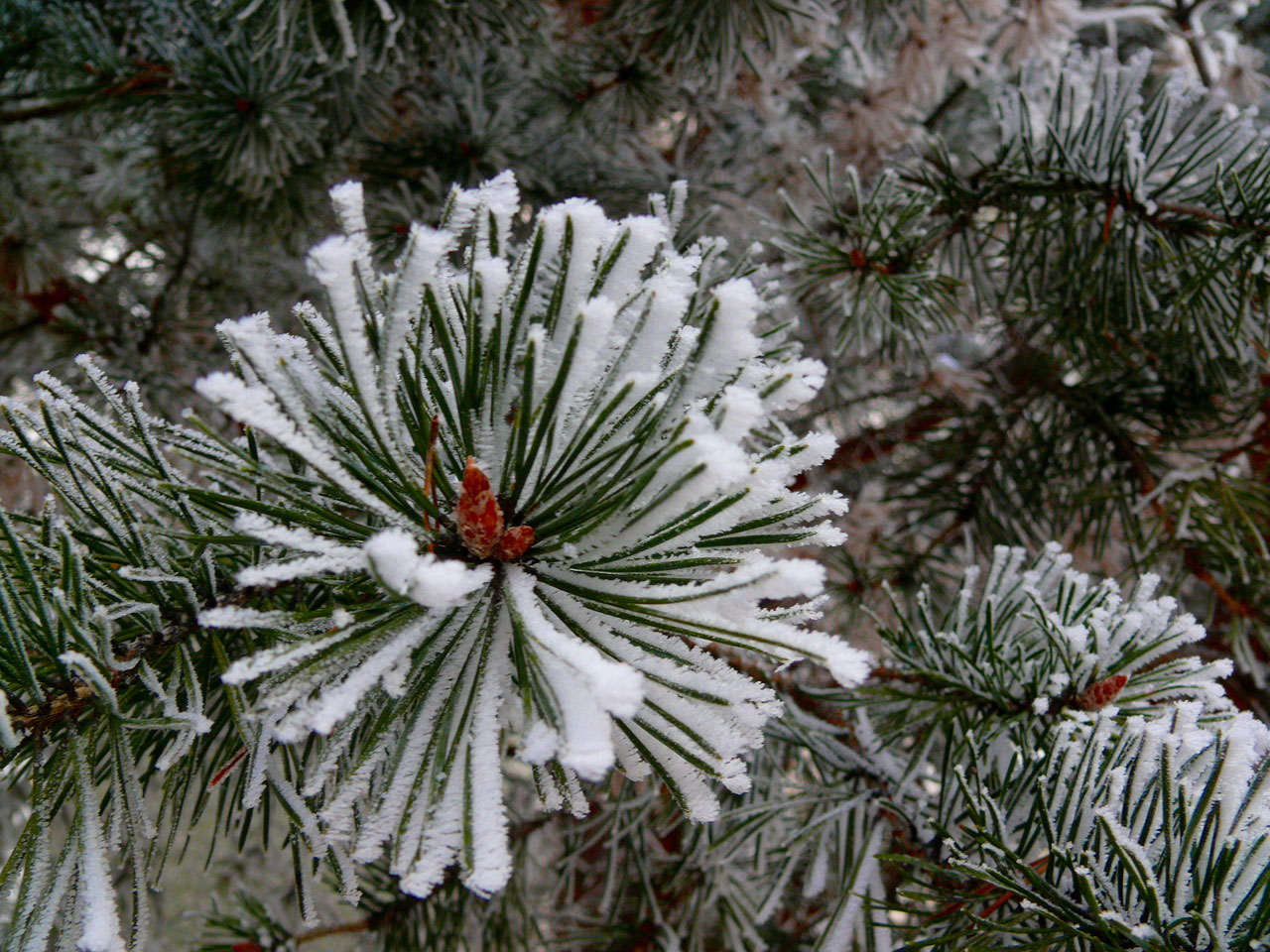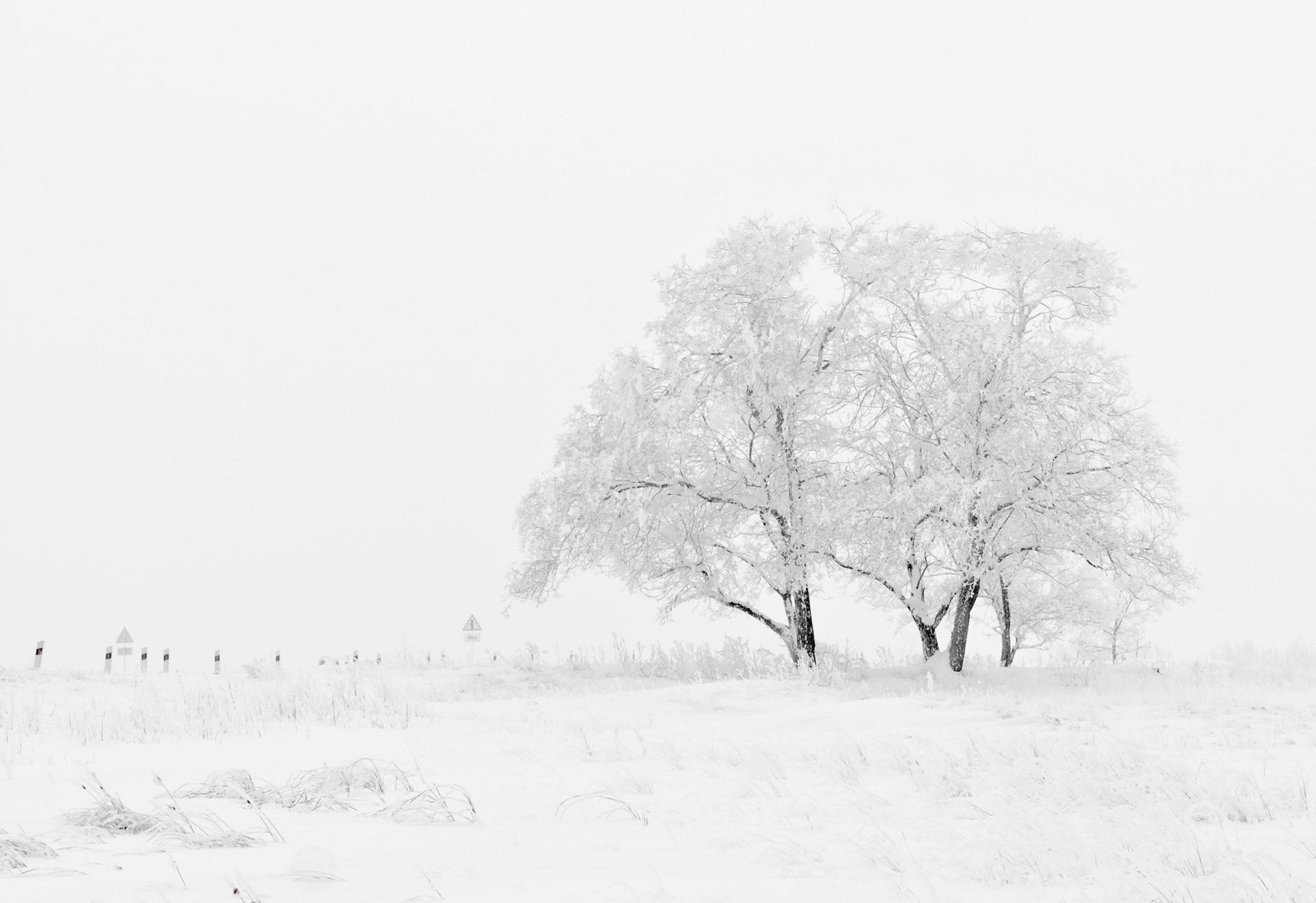
Riccardo
Members-
Posts
14 -
Joined
-
Last visited
About Riccardo

Profile Information
-
Location:
Roma
Recent Profile Visitors
848 profile views
-
The monitoring page of the “October pattern index” (OPI) is presented. The OPI index represents a analytic synthesis of the October hemispheric pattern at 500 hPa, and shows from previous studies quite a high correlation (r ≈ 0.9) with the winter mean Arctic Oscillation Index (DJF AO); this implies that the lower the OPI index is in October (negative values) and the higher will be the probability to have a weak polar vortex during the following winter. Therefore the OPI index could be a valid support tool in the seasonal forecasting of the winter season.The OPI index is calculated through a dedicated software modeling elaborating the 31 daily hemispheric October at 500 hPa. This monitoring page is updated automatically with every run of the global forecast model GFS (Global Forecast System), except the 18:00z run. The software analyzes the previous consolidated daily charts plus 10 forecast charts as given by the GFS model. For example on the 15th of October, the software calculates the OPI index based on the 15 consolidated daily charts (1-15 October) adding 10 forecast charts as given by the GFS model (16-25 October). The definitive OPI index will be available only at the end of October, when the software will be able to elaborate all the 31 daily consolidated charts of the month. During the month the index will gradually tend to the final value starting to be reliable past the half of the month, when the consolidated charts number will overtake the forecast charts number. Finally, at the beginning of November, the official seasonal forecast for the winter 2014-2015 will be released based on the final OPI value and on the recent developments of this research whose results have been discussed and analyzed so far with Prof. Judah Cohen (Director of Seasonal Forecasting at AER) and the Italian Air Force Lt. Col. Guido Guidi. OPI Monitoring page link: http://app.til.it/opi/
-
In this paper, although we are still in autumn, is proposed the seasonal winter 2013/2014 forecast, based on the new numeric model obtained from the recent research about the correspondence between october and winter (DJF – December, January and February) geopotential patterns, from which it is obtained the new index OPI (“October Pattern Index” – A new highly predictive index for the winter season) http://www.americanwx.com/bb/index.php/topic/41379-october-pattern-index-predicting-winter-ao-from-october-with-90-accuracy/ Before proceding in this topic a premise in necessary. The Our knowledge about the climate of the North American continent is poor in comparison to those relating to the European continent. For this reason, the present analysis not will provide detailed anticipation like in european case. First attention is for the value that OPI have reached at the end of last October: it stands on high value about +1.6. This value suggest a winter quarter average characterized by a very compact Polar Vortex (average Artic Oscillation near +1 or above). In this situation (high AO) the westerliess, due to the cyclonic activity of the polar Vortex, are more intensive and frequently confined at northern geographic latitude. This “ring of strong wind”, that turn around the North Pole, tipically bound cold air masses in the polar region, determining a more stable regime of high pressure on the middle latitudes. Fig. 1. This picture show typical geopotential anomaly on North America (at isobaric level of 500 hPa) detected at the end of winter season with Polar Vortex average strong (high AO with value equal +1 or greater). The evidence of this is obtained from the analysis of the geopotential anomaly above the North Pole, which provide relevant indications about the Polar Vortex “healt” on all its isobarica profile. Fig. 2. This picture show the geopotential height anomaly on the entire column of Polar area. Regard this, the particular dynamics that featured the first part of last October will trigger progressive stratospheric response from Novembre to December due to the progressive reinforcement of Stratospheric Pola Vortex.The effect is a primary forcing steer of a compact and poor modulable Polar Votex (ESE Cold), like OPI have brilliantly shown. Fig. 3. This picture shows the divergence of planetary wave and, for the conservation of angular momentum, the progressive deepening of stratospheric Polar Vortex. So far the attention has been paid at average trend of winter and have remarked how it result average featured of the weak planetary wave activity with resulting strong Polar Vortex. However during the cold season we could see at some brief phase in which there could be a greater planetary waves activities and therefore favorable to a more marked jet stream oscillation. In this case North America could be affected by very cold air masses. In this regard, how specified in our reseach, the OPI careful analysis and the October pattern from which it follows, is possible also infer enough detailed information about the salient features of the most important cold advection. For this scope in first below show the reanalysis hemispheric map of the geopotential anomaly at isobaric level of 500 hPa for the last October month. Fig. 4. This picture show the hemispheric geopotential anomaly (at isobaric level of 500 hPa) of October 2013 (2013 October Pattern). From the careful analysis map, the primary October pattern characteristics are: 1) central axis of the vortex (black line) moderately inclined, joining Labrador and eastern Siberia; the axis position and OPI value are output of “Telemappa Next Generation” software; 2) very low elliptical component index of weake stationarity and intrusiveness of the planetary waves. Also, in virtue of near correspondence between average October pattern and circulation model characterizing the focal cold event of the following winter (“key event” in which the planetary waves activity is more intense in the winter), from the above reanalysis map and in refer the montly axis (black line), is possible infer featured of the most relevant winter events. In our case you notice a Pacific wave (wave 1) translated, compared to the usual position, on the eastern sector of north Pacific (Alaska gulf) and the Atlantic wave (wave 2) in symmetrical position respect to the axis (black line) positioned on the eastern Atlantic (United Kingdom - Scandinavia). This planetary waves configuration (wave 1 – 2) suggest a compact Polar Vortex condition and weake planetary waves intrusiveness (in particular for wave 2) also in the most strong activity pahses. On the other hand the high OPI value, as well as the large negative anomaly centered from noth Scandinavia and Kara sea, support the thesis of a favorable circulation schema in which the Altlantic wave (wase 2) isn’t intrusiveness on high northern latitudes however in AO neutral/positive context. About location of the Pacific wave (wave 1), it result centered into western eastern pacific sector (Alaska gulf). This configuration should favor a strong advection of cold arctic air masses to the central-eastern areas of the American continent during the increased activity of the planetary wave. The following figure depicts in great lines the circulatory pattern described in reference only to the American continent: Fig. 5. This picture shows a type of pattern similar to that outlined. The anomalies refer to the portion of 500 hPa geopotential. From this denotes the anticyclone well centered over the Gulf of Alaska with the strong arctic current directed mainly on the central and eastern areas of the continent. Finally, about general timing, October pattern analysis suggest that the best planetary wave activities (major winter events), should be appeared at the beginning of the winter season (from late November to begin December) and almost at the end of the winter season. In fact the careful analysis of the October pattern development suggests a premature start to the winter season strongly enough. After this phase the intensification of the Polar Vortex (weak planetary wave activities) should dominate the central part of the winter season favoring stable and mildness conditions. The planetary wave activity should resume only in the last part of Janary, weak at the beginning, with restoring of winter season typical conditions. This waves activity should reach best expression about at first half/central part of February, when they might occur the best cold advection, with greater involvement of the low latitudes. Again we emphasize, as already expressed, the poor knowledge about North American climate.For this reason this forecast aims to provide general information about climatic events base on new predictive index OPI (index that today is best correlated with mean value of the Arctic Oscillation computed on the months of December, January and February), and the discovering about a strong correspondence from the October geopotential pattern and following winter season pattern. Therefore more detailed information, that lie outside from our knowledge of American continent climate, we hope will be interpreted in the best way. In order to follow our discussion about winter forecast, we invite you to click the following link: http://www.centrometeotoscana.it/forum/index.php?topic=7473.0 Riccardo Valente, Alessandro Pizzuti, Filippo Casciani and Andrea Zamboni, member of the Center for Study on Climate and Teleconnections of "Centro Meteo Toscana"



